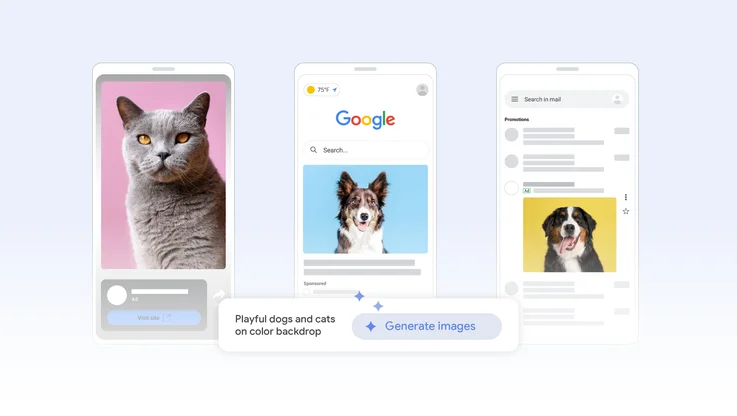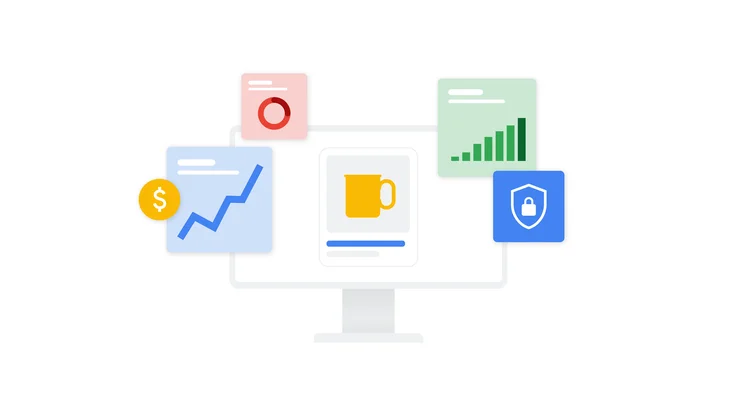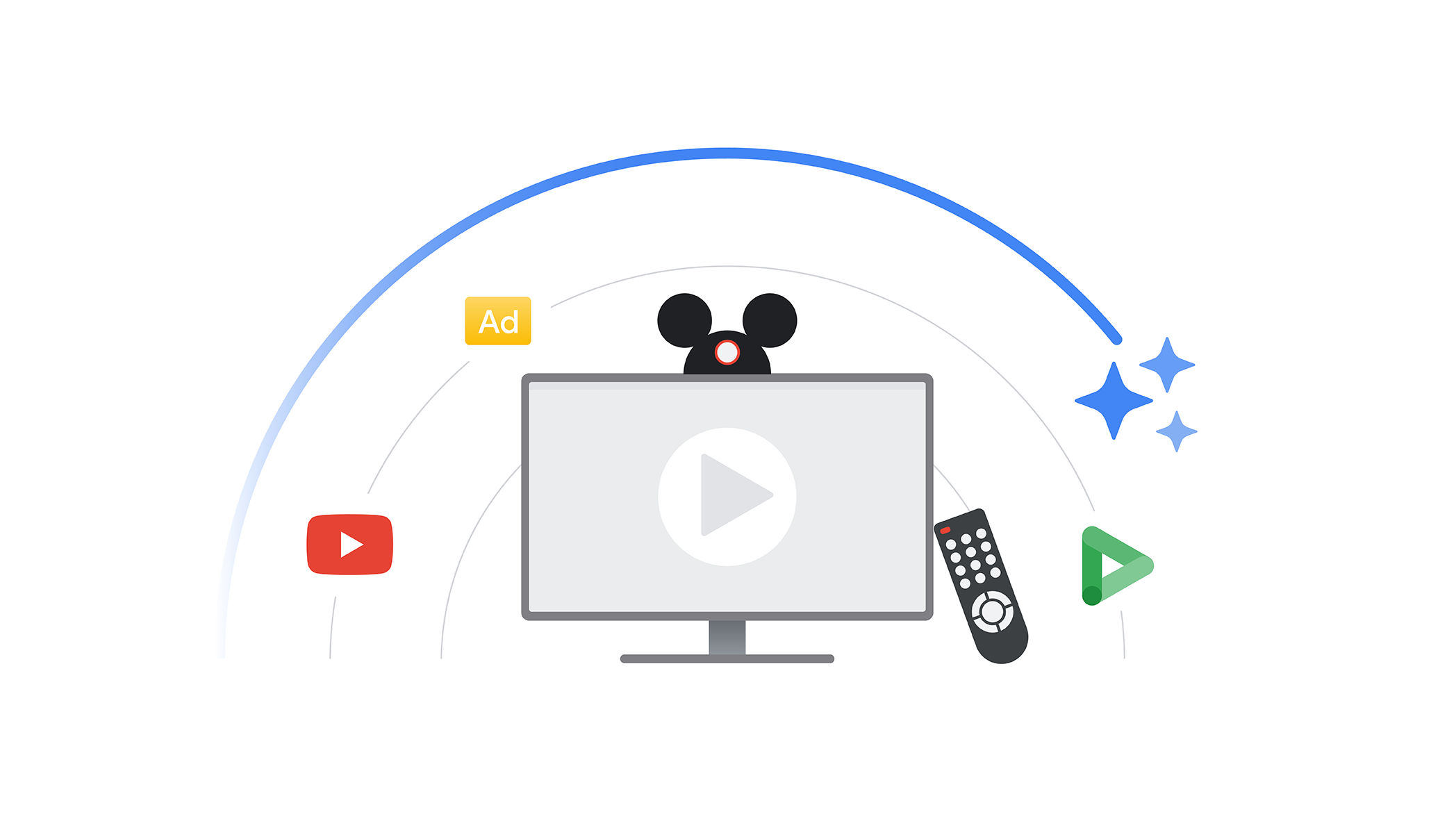A privacy-safe approach to managing ad frequency
At Google, we believe it's possible to improve user privacy while preserving access to the ad-supported web. Back in August, we shared an update on the progress we’re making toward this vision. Chrome put forward a series of proposals inviting the web standards community to start a discussion on how to advance user privacy while meeting the needs of publishers and advertisers. We also shared an initial proposal for practices that we believe would give people more visibility into and control over the data used for advertising.
Since then, we’ve engaged with product and engineering experts from across the digital ads ecosystem—including at the IAB Tech Lab’s Innovation Day on Data Responsibility, heard from brand and agency leaders during Advertising Week in New York, and met with our publishing and ad technology partners at the Google Ad Manager Partner Summit. This week, we’ll be holding discussions with our advertising and publishing partners in Europe at a series of events in London.
In all of these forums, the conversations have centered on how to reshape marketing and measurement solutions to be more privacy-forward for users, while ensuring they remain effective for the publishers and marketers that fund and sustain access to ad-supported content on the web.
One example is how advertisers manage the number of times someone sees an ad, a critical step to delivering a better user experience. When third-party cookies are blocked or restricted, advertisers lose the ability to limit the number of times someone sees their ads. This means that users may be bothered with the same ad repeatedly, advertisers may waste spend or decide to exclude certain media altogether, and publishers may earn less revenue as a result.
Using machine learning to manage ad frequency while respecting user privacy
That’s why, in the coming weeks, we’ll be rolling out a feature in Display & Video 360 that uses machine learning to help advertisers manage ad frequency in a way that respects user privacy when third-party cookies are missing. And in the future, we plan to bring this capability to our display offerings in Google Ads.
Using traffic patterns where a third-party cookie is available, and analyzing them at an aggregated level across Google Ad Manager publishers, we can create models to predict traffic patterns when a third-party cookie isn’t present. This allows us to estimate how likely it is for users to visit different publishers who are serving the same ads through Google Ad Manager. Then, when there is no third-party cookie present, we’re able to optimize how often those ads should be shown to users.
Since we aggregate all user data before applying our machine learning models, no user-level information is shared across websites. Instead, this feature relies on a publisher’s first-party data to inform the ad experience for its own site visitors. It’s an approach to managing ad frequency that’s more privacy safe than workarounds such as fingerprinting, which rely on user-level signals like IP address, because it respects a user’s choice to opt out of third-party tracking.
This is a step in the right direction as we work across Google to raise the bar for how our products deliver better user experiences while also respecting user privacy. And this approach to ad frequency management can be a model for how the use case might one day be solved industry wide at the browser level. It’s consistent with Chrome’s explorations of new technology that would advance user privacy, while ensuring that publishers and advertisers can continue to sustain access to content on the open web.
As we continue engaging with users and key industry stakeholder groups, we look forward to sharing more of what we learn. Stay tuned for more updates on our blogs.





